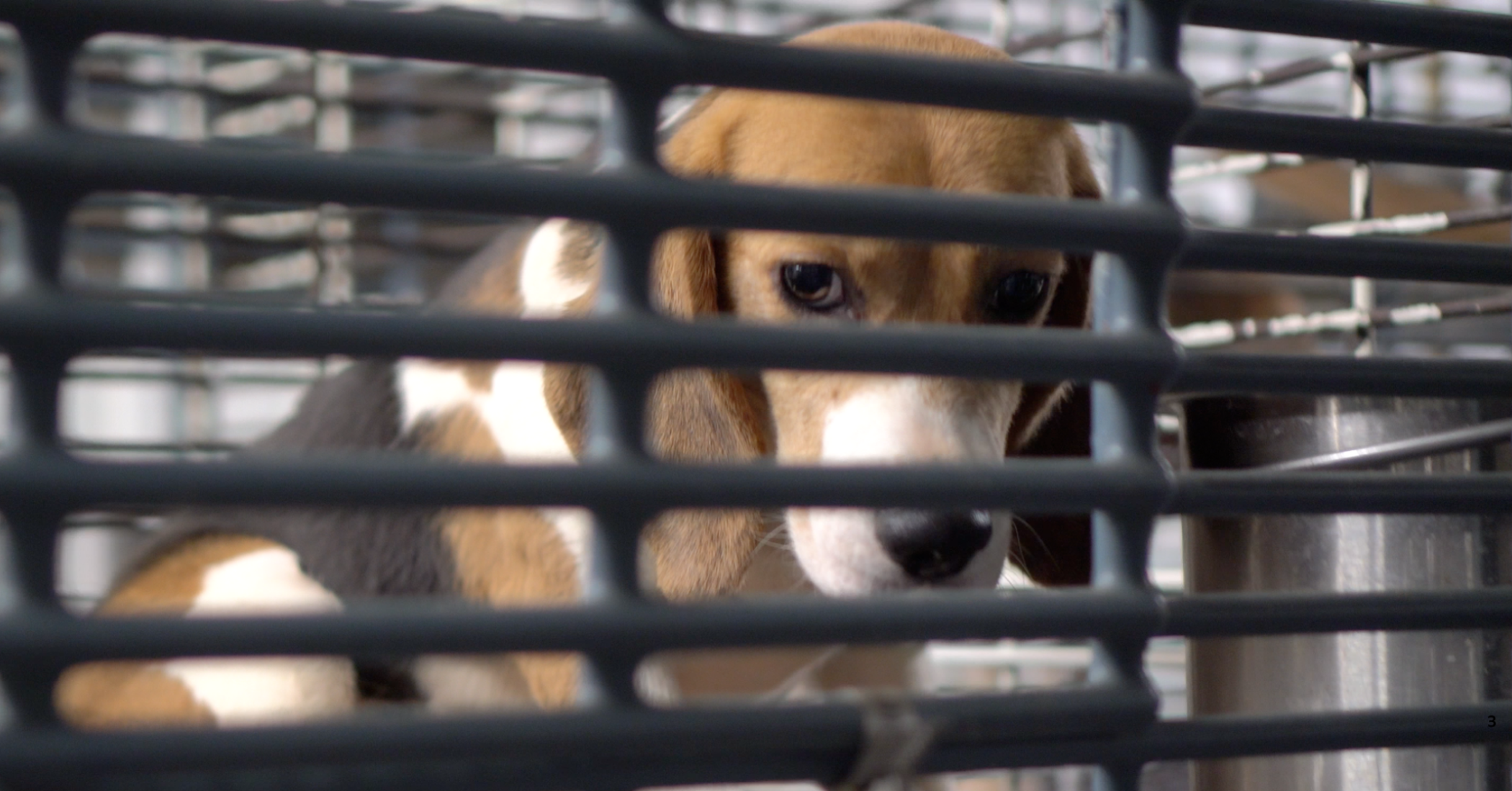
“Heavily Regulated,” Says Researcher With Daughter in Charge
In his recent FOX6 interview, dog research enthusiast Craig Reinemeyer trotted out a familiar falsehood: that animal research is “heavily regulated”.
Let’s unpack this whopper:
The only federal law that even purports to regulate animal experimentation is the Animal Welfare Act (AWA). But the AWA applies to less than 1% of all animals used in U.S. labs – and, even for that tiny fraction, does not prohibit even a single harm.
Not one.
That’s a PR disaster for the animal research industry, which depends on smoke and mirrors to keep public outrage at bay. So Reinemeyer – like every vivisector trying to protect his bottom line – reached for one of the industry’s favorite decoys: IACUCs.
IACUCs – short for Institutional Animal Care and Use Committees – may sound impressive.
But they’re not.
These AWA-required committees aren’t independent. They aren’t rigorous. And they are absolutely not watchdogs.
In reality, IACUCs are the machinery of self-policing, described by legal scholars as forming the “center of the self-regulatory system that comprises laboratory animal law”.
Because the AWA doesn’t demand oversight – it delegates it . . . right to the animal researchers themselves.
IACUCs are designed by the AWA to be “highly palatable to the professional under review”, offering “flexibility and autonomy” to researchers who evaluate, and are evaluated by, their own peers.
Yes, IACUCs are tasked with signing off on animal use protocols, but – what the industry leaves out when sharing this favorite soundbite – is that IACUCs are not allowed to consider:
✬ whether a proposed experiment is ethical; or
✬ whether a proposed experiment is scientifically valid.
Because the AWA explicitly prohibits IACUCS from regulating research.
Instead, they’re tasked with ensuring that animal research facilities check the minimal compliance boxes set out by the AWA – the same law that greenlights virtually everything.
The result is that IACUCs routinely approve 98-99% of all experiments proposed by researchers (with most of the remaining 1-2% rejected because the researcher failed to dot an “i” or cross a “t”.)
This isn’t regulation. It’s theater. And, it’s rubber stamping – exactly what Reinemeyer claims it isn’t.
The AWA sets some minimal requirements for IACUCs – requiring, for example, that one of the three mandatory members be someone not directly affiliated with the institution. But, critically, it sets no limit on how many members the IACUC can have or how many may have direct affiliations with the facility.
Oh yeah, and it tasks the institution’s CEO with appointing the IACUC members.

So what happens? Research facilities stack their IACUCs with animal researchers and their sympathizers, diluting and drowning out any dissent.
Case in point: ETCR – Reinemeyer’s own company – has an IACUC chaired by Reinemeyer’s daughter (who is also the company’s President) and 80% composed of ETCR employees.
This is not what actual regulation or accountability looks like. It’s what protectionism looks like – not for animals, but for animal researchers.
Indeed, a major review of NIH-funded institutions made the pattern plain:
- 67% of IACUC members were animal researchers;
- Another 15% of IACUC members were veterinarians who conducted animal experiments; and
- 93% of IACUC chairs conducted animal research themselves.
In truth, the animal research industry doesn’t want any regulation or oversight. It just wasn’t the appearance of it – and IACUCs fit the bill.
IACUCs “are designed not primarily to benefit animals, but merely to give the impression that this is the case in order to shield researchers from further criticism.”
And, Craig Reinemeyer gave us the perfect example.
So, no, animal research is not “heavily regulated”. It’s self-policed by people like Reinemeyer and his daughter – people who profit from the very experiments they’re empowered to greenlight.
At the same time, the dogs in Reinemeyer’s lab – like the millions of other sentient beings used as experimental tools each year in the U.S. – find themselves unprotected by law or regulation.
They are caged, used, and discarded for profit.
And the people with the power to stop it?
They’re the ones doing it.
Spread the truth about the (lack of) regulatory oversight of animal research in the U.S. Share this article on Facebook, X, or Bluesky now.